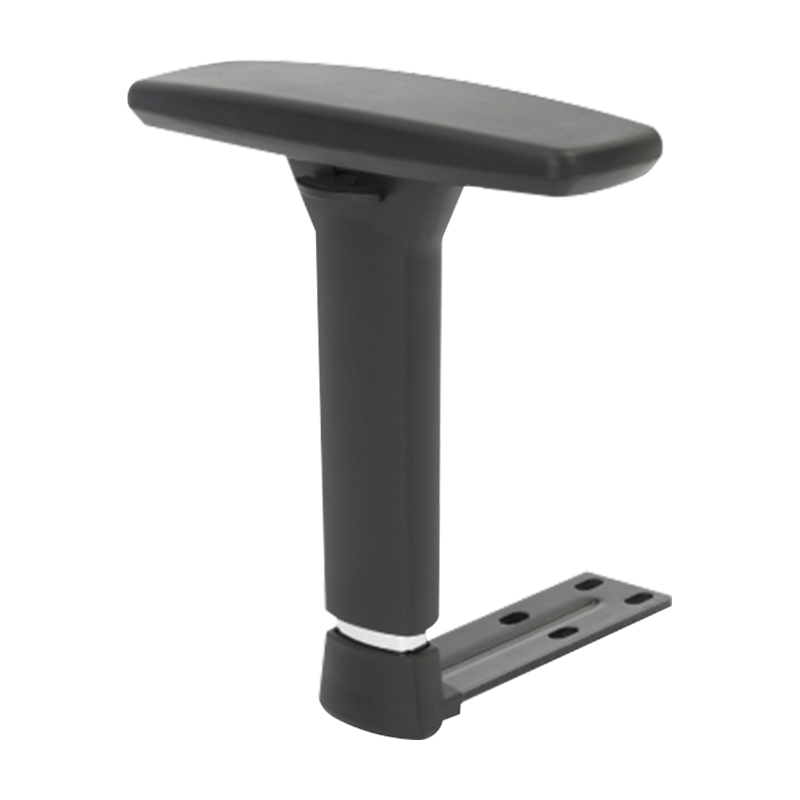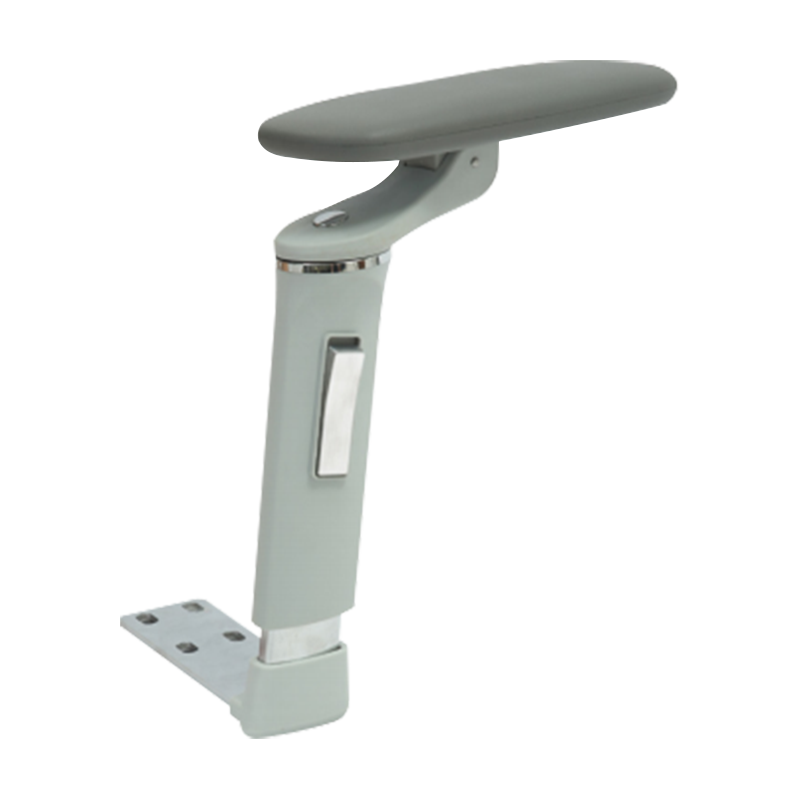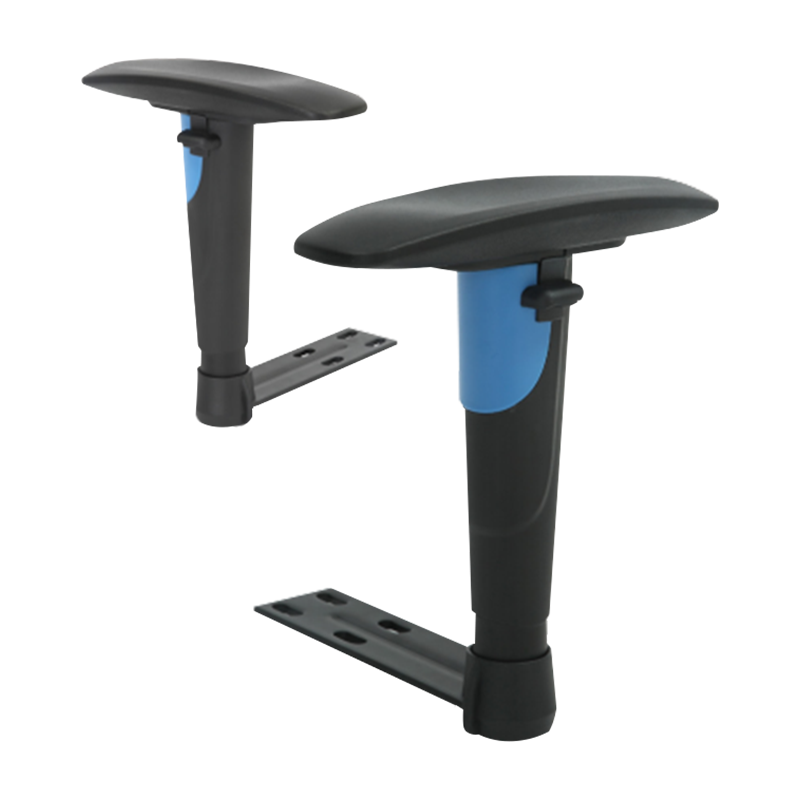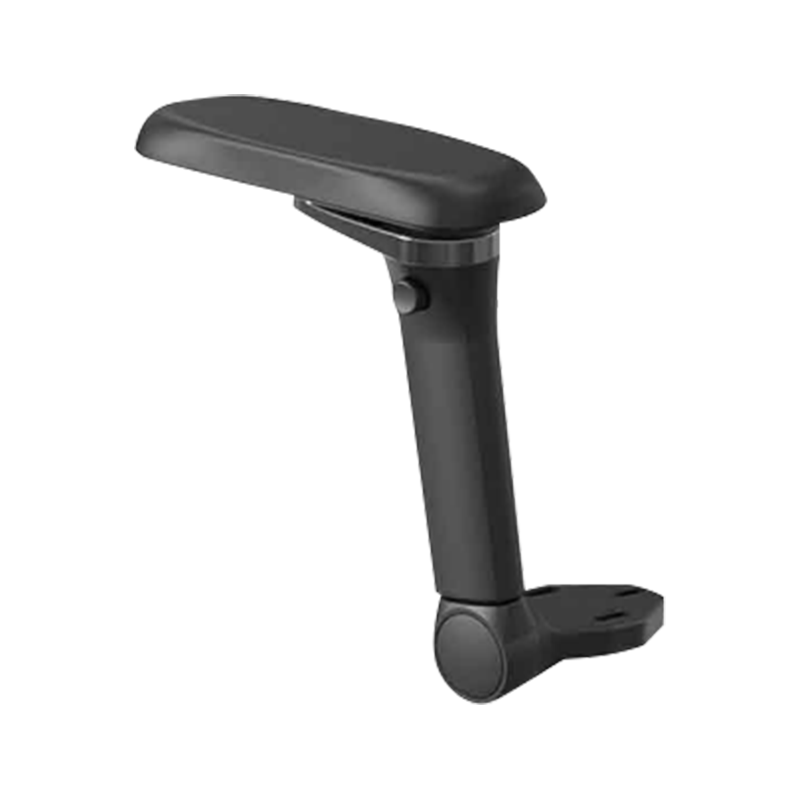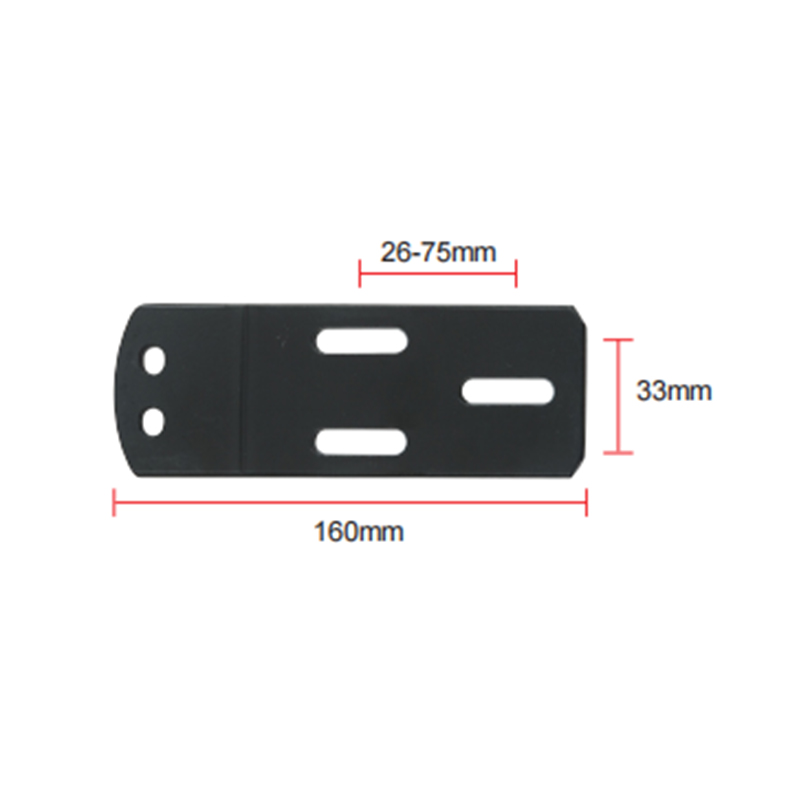Web Menu
Product Search
The Ultimate Guide to 3D Office Chair Armrests: Comfort, Adjustability, and Ergonomics
- 1 5 Best Adjustable 3D Office Chair Armrests for Optimal Support
- 2 How to Install 3D Armrests on Office Chairs: A Step-by-Step Guide
- 3 Ergonomic Benefits of 3D Adjustable Armrests for Office Workers
- 4 Comparing 3D vs 4D Armrests for Office Chairs: Which is Right for You?
- 5 Maintenance Tips for Durable 3D Office Chair Armrests
5 Best Adjustable 3D Office Chair Armrests for Optimal Support
What Makes 3D Armrests Superior to Traditional Designs
Traditional office chair armrests typically offer limited adjustability, often restricted to simple height adjustments. In contrast, 3D office chair armrests provide three-dimensional movement, allowing users to customize their arm positioning for perfect ergonomic alignment. The key advantages include:
- Height adjustment (up/down movement)
- Width adjustment (inward/outward movement)
- Depth adjustment (forward/backward movement)
- Pivot or angle adjustment in some premium models
- Simultaneous multi-directional positioning
When comparing 2D vs 3D armrests:
| Feature | 2D Armrests | 3D Armrests |
|---|---|---|
| Adjustment Axes | 2 (typically height and width) | 3 or more (height, width, depth) |
| Ergonomic Precision | Limited alignment options | Precise positioning for individual body types |
| Pressure Distribution | Concentrated pressure points | Even weight distribution |
| Long-term Comfort | May cause fatigue | Reduces strain during extended use |
302A 3D armchair arm rotating forward and backward
Top Considerations When Choosing 3D Armrests
Selecting the right adjustable 3D armrests for ergonomic chairs requires evaluating several factors:
- Range of motion: The best models offer at least 3" of vertical travel, 2" of horizontal adjustment, and significant depth adjustment
- Padding quality: Memory foam or high-density padding maintains comfort during long work sessions
- Locking mechanisms: Secure positioning prevents unwanted movement during use
- Material durability: Look for reinforced polymers or metal components for longevity
- Compatibility: Ensure the armrests fit your existing chair's mounting system
How to Install 3D Armrests on Office Chairs: A Step-by-Step Guide
Preparation and Safety Measures
Before installing your new 3D armrests on office chairs, gather the necessary tools and prepare your workspace:
- Phillips and flathead screwdrivers
- Allen wrenches (typically included with armrests)
- Clean, well-lit work area
- Anti-static mat if working with electronics-integrated chairs
- Manufacturer's installation manual
Detailed Installation Process
The installation process varies by chair model, but these general steps apply to most 3D office chair armrests:
- Remove existing armrests by locating and removing mounting screws
- Clean the mounting area to ensure proper adhesion of new components
- Align the new armrest brackets with chair mounting points
- Secure with provided hardware, tightening gradually in a cross pattern
- Attach armrest pads to mounting brackets
- Test all adjustment mechanisms before final tightening
- Make micro-adjustments to ensure smooth operation
Ergonomic Benefits of 3D Adjustable Armrests for Office Workers
Reducing Upper Body Strain
The ergonomic benefits of 3D adjustable armrests are particularly significant for office professionals who spend long hours at their desks. Properly adjusted 3D armrests:
- Maintain shoulders in relaxed position (10-20° abduction)
- Keep elbows at ideal 90-120° flexion
- Support forearms without restricting circulation
- Allow natural wrist positioning during keyboard use
- Reduce trapezius muscle activation by 30-40% compared to fixed armrests
Preventing Common Work-Related Injuries
Adjustable armrests help prevent several musculoskeletal disorders:
| Condition | How 3D Armrests Help | Risk Reduction |
|---|---|---|
| Carpal Tunnel Syndrome | Maintains neutral wrist position | Up to 45% |
| Rotator Cuff Tendinitis | Supports arm weight | 30-50% |
| Cervical Radiculopathy | Reduces neck strain | 25-40% |
| Epicondylitis | Distributes forearm pressure | 35-55% |
Comparing 3D vs 4D Armrests for Office Chairs: Which is Right for You?
Understanding the Additional Dimension
When evaluating 3D vs 4D armrests for office chairs, the key difference lies in the fourth adjustment capability. While 3D armrests adjust in height, width, and depth, 4D models add:
- Angle/pivot adjustment (typically 15-30° rotation)
- Independent left/right positioning
- Asymmetrical configuration options
- Dynamic movement tracking in premium models
Decision Factors Based on User Needs
Choosing between 3D and 4D depends on several factors:
| Consideration | 3D Armrests | 4D Armrests |
|---|---|---|
| Price Point | More affordable | 20-40% premium |
| Adjustment Needs | Suits most users | Ideal for specialized tasks |
| User Variability | Good for single user | Better for shared chairs |
| Complexity | Simpler operation | Steeper learning curve |
Maintenance Tips for Durable 3D Office Chair Armrests
Regular Cleaning and Care
To extend the life of your durable 3D office chair armrests, establish a regular maintenance routine:
- Weekly dusting with microfiber cloth
- Monthly deep cleaning with mild detergent
- Quarterly inspection of adjustment mechanisms
- Immediate attention to sticking or squeaking components
- Periodic tightening of mounting hardware
Lubrication and Mechanical Maintenance
The moving parts of 3D armrests require proper lubrication:
- Identify friction points by moving through full range of motion
- Clean old lubricant with isopropyl alcohol
- Apply silicone-based lubricant to moving joints
- Work lubricant into mechanisms by making full adjustments
- Wipe excess to prevent dust accumulation
Troubleshooting Common Issues
Common problems with 3D armrests and their solutions:
| Issue | Likely Cause | Solution |
|---|---|---|
| Loose adjustments | Worn locking mechanism | Tighten or replace lock |
| Stiff movement | Lack of lubrication | Clean and relubricate |
| Uneven height | Misaligned mounting | Reinstall with proper alignment |
| Squeaking noise | Metal-on-metal friction | Apply dry lubricant |
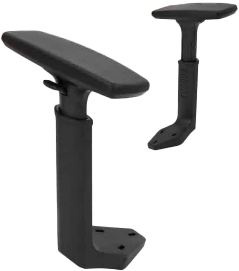
 Feel free to contact us
Feel free to contact us
- Product Fast Links
- Office Chair Armrest
- Hardware Steel Plate
- Polyurethane PU Surface
- Casters
- Contact Information
- Tangpu Industrial Park, Anji County, Huzhou City, Zhejiang Province, China
- [email protected]
- +86-13567973388



 English
English  Español
Español  عربى
عربى 
